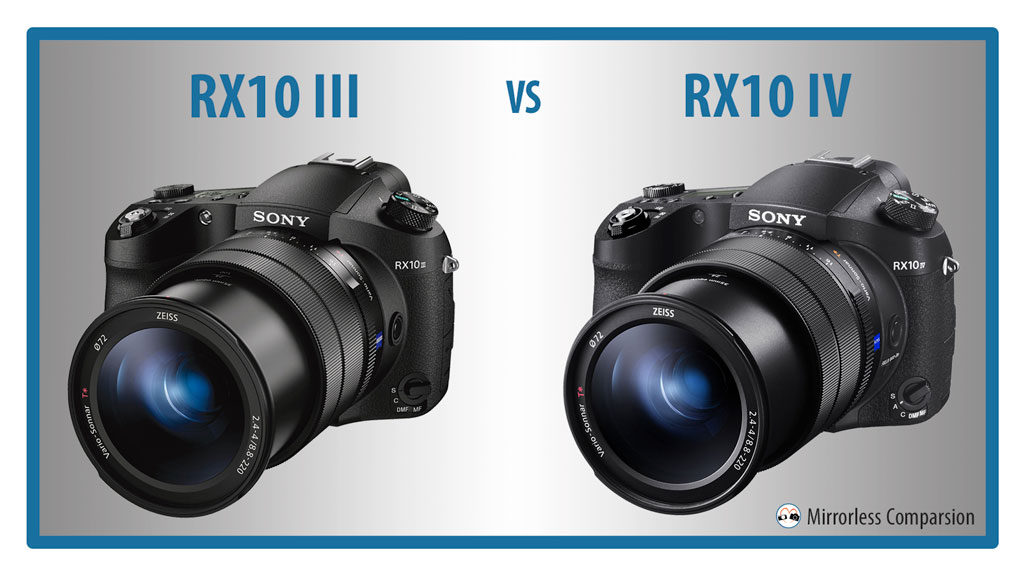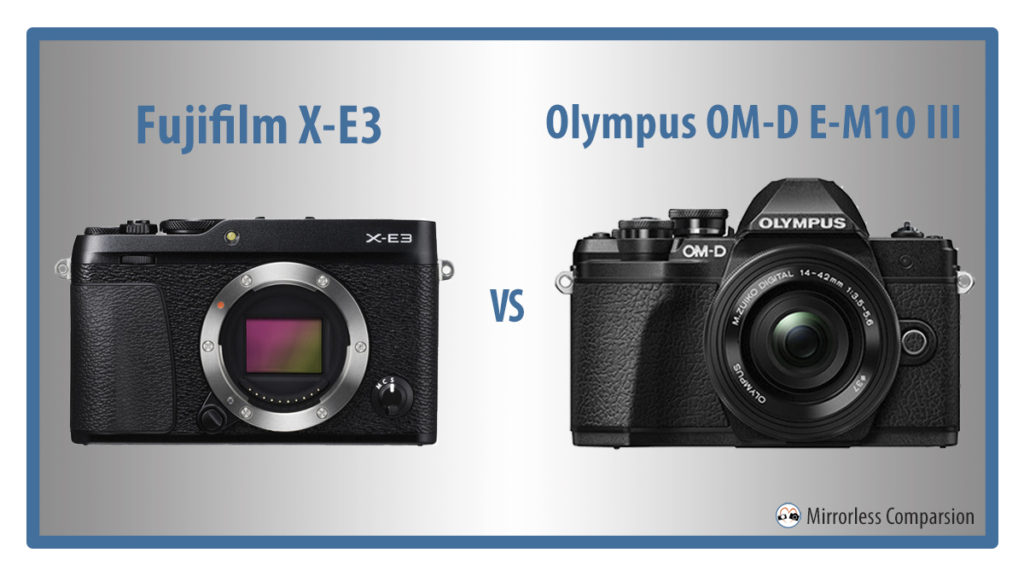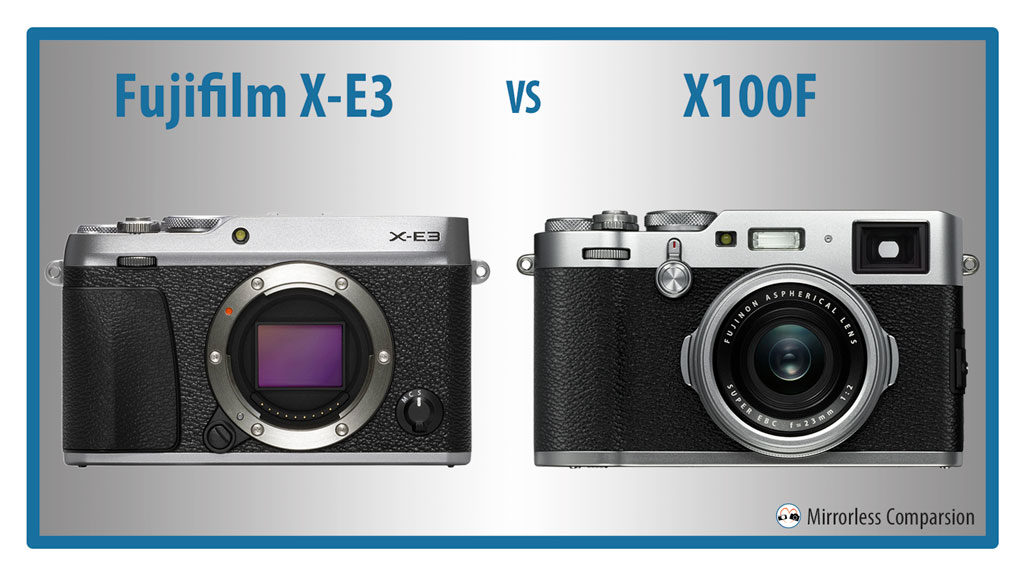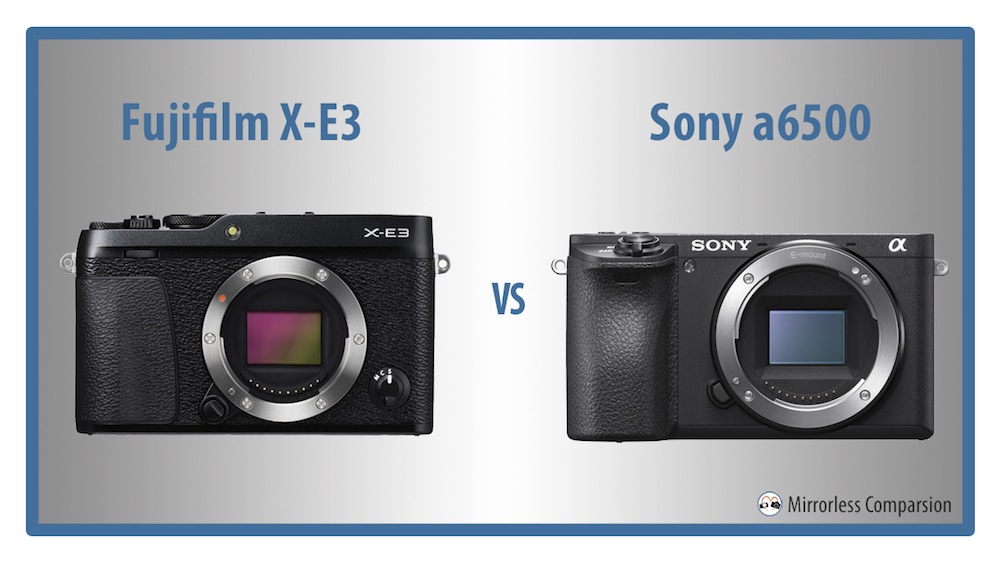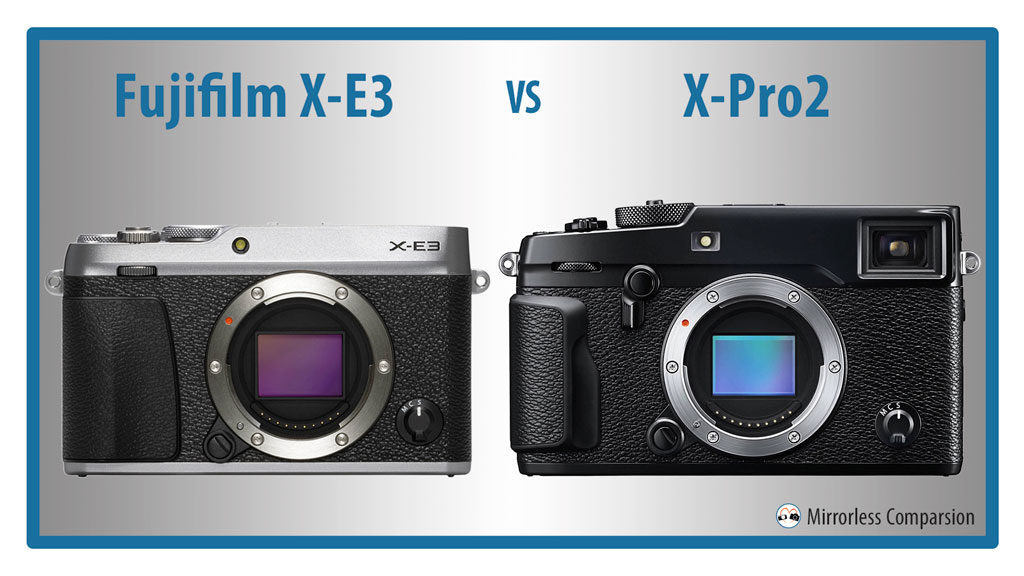The latest models in the Sony RX series are all about exceptional speed, video performance and super slow motion capabilities, and the RX10 mark IV – successor to the RX10 mark III – is no exception.
Preview
Fujifilm X-E3 vs. Olympus OM-D E-M10 III – The 10 Main Differences
The Fujifilm X-E3 and Olympus OM-D E-M10 III are both brand new entries on the mirrorless market and are equipped with much of the latest technology found on the flagship cameras from their respective brands.
Whereas the entry-level E-M10 III debuts as the second 4K-capable camera from Olympus after the OM-D E-M1 II, the mid-range X-E3 has all the “guts” of an X-T2 tucked inside a compact rangefinder-esque body. These features include most recent version of Fujifilm’s hybrid AF system, 4K video and the 24MP X-Trans III sensor.
The 10 Main Differences Between the Fujifilm X-E3 and X100F
The X-E3, being the latest camera to join Fujifilm’s family of third-generation X-series cameras, shares many key components with other recent models from the brand but perhaps the least obvious point of comparison is the X100F. The two cameras share a similar rangefinder philosophy, the same 24MP sensor and the same image processor but differ in many other ways starting with the lens system and viewfinder technology.
Fujifilm X-E3 vs Sony a6500 / a6300 – The 10 Main Differences
The Fujifilm X-E3 is the much-awaited update to the company’s premium rangefinder-style mirrorless camera, the X-E2s, which was introduced in early 2016. It can be considered a more budget-friendly version of the X-Pro2 owing to its rangefinder design and many advanced features such as a 24MP APS-C X-Trans III sensor with excellent dynamic range, an advanced hybrid AF system and 4K video capabilities.
The 10 Main Differences Between the Fujifilm X-E3 and X-Pro2
If the X-T20 represents a more affordable version of the flagship X-T2, the new Fujifilm X-E3 can be considered the less expensive sibling of the flagship X-Pro2. These two separate branches – SLR and rangefinder – have much in common in terms of technology and features but differ in their design philosophy.
For instance, in addition to the different position of the electronic viewfinder, the SLR series (X-T) always has a tilting screen whereas on the rangefinder line-up (X-Pro and X-E), the monitor is always fixed. You may wonder why these differences exist and I believe it’s a simple question of appealing to the preferences of different types of users: there are those who like a viewfinder at the centre and those who prefer it to the side, just as there are users who enjoy a tilting screen and users who prefer a fixed one.

